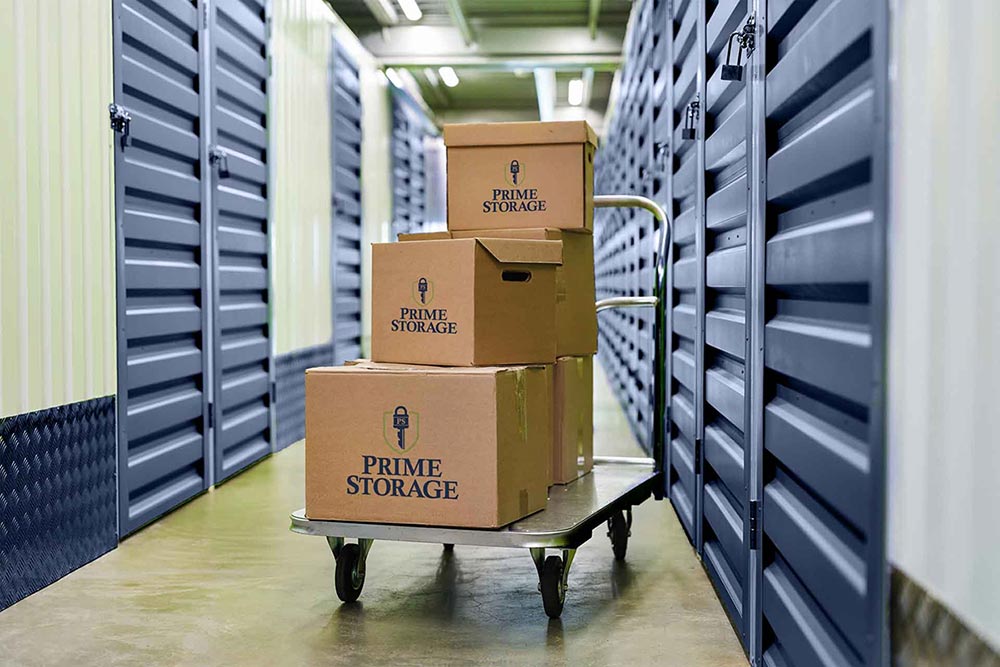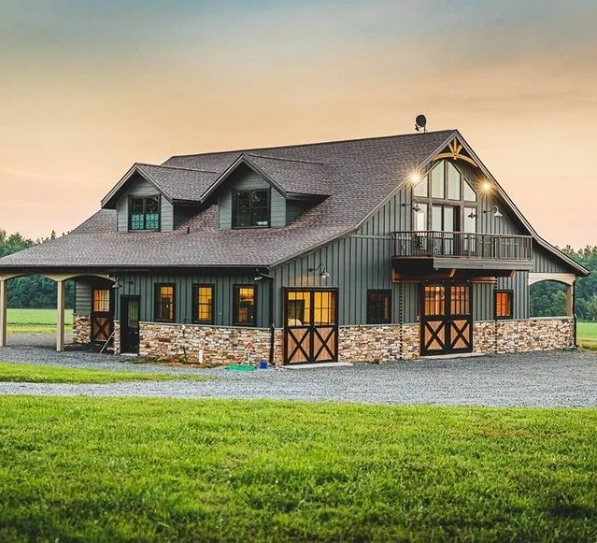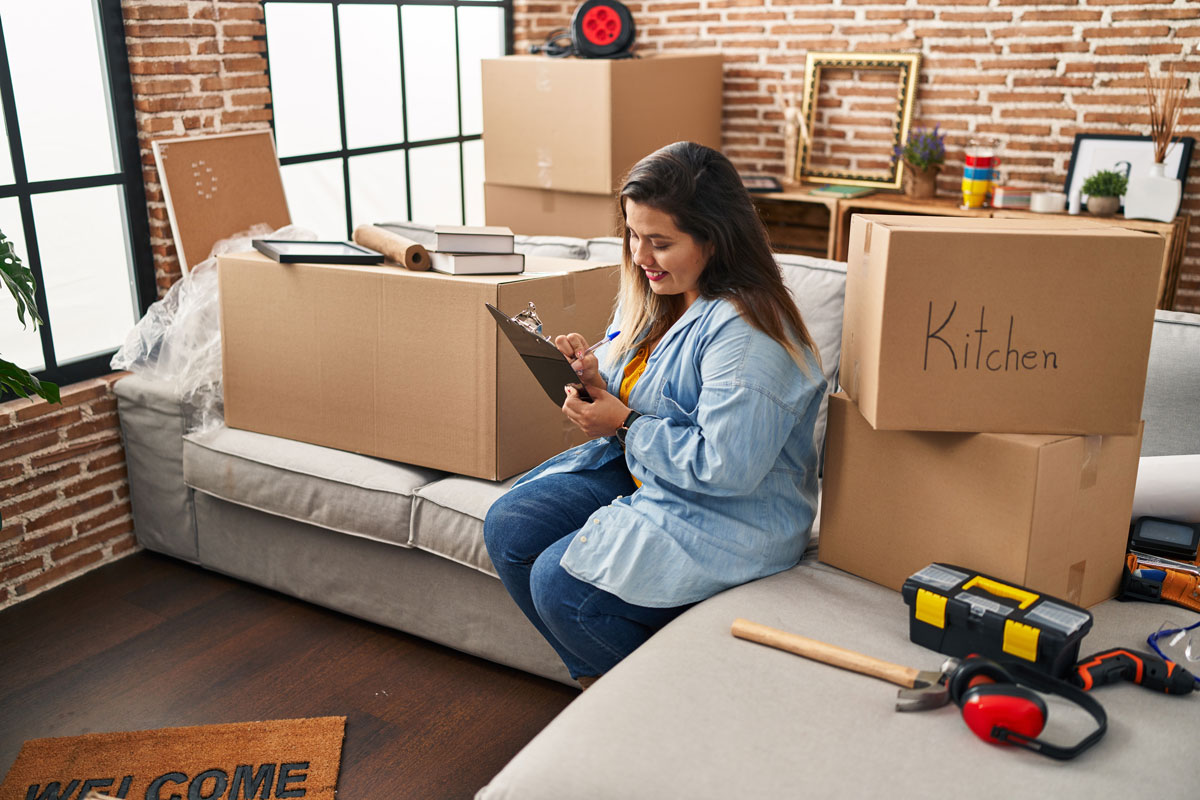
6 Tips to Effectively Downsizing to An Apartment
How to make the move into a smaller home an easy & effective one.
Are you the type of person who enjoys being in the heart of activity? Likes the idea that there’s always something to do or people to meet? Moving to a large city is exciting and full of energy but, if you haven’t lived in a city before there are a few difficult transitions you need to be prepared to face. One of the tougher transitions is downsizing from a larger suburban home to a small city apartment.
Here are 6 things you should keep in mind when downsizing:
1. Evaluate Your Current Space & Belongings
Take a moment and reevaluate the space that you currently live in. After being in one location for an extended period you forget how much space you really have. The space you have been living in may seem smaller because of the items you currently have in it, so do not be mistaken that you live in a smaller space than you actually do.
While evaluating your current home, take inventory of what you own. As you create this list, group items based upon how important they are to you. The most important items are the ones that you should consider moving into your new, smaller space. Items that have some importance, are seasonal, or are only used for special occasions are good candidates for a storage unit. Anything that falls into the “unimportant” bucket should be gotten rid of in an appropriate fashion.
2. Compare Square Footage
Another necessary step to take before downsizing is to compare the square footage of your current space to the new space you’ll be moving into. Relying on your ability to “eyeball” space will likely not work out in your favor.
Begin by measuring each room in your new apartment, either by taking physical measurements or obtaining an accurate floorplan. Next, dig out information on your current home and see how many square feet you’re living in. Directly compare this to your new floor plan. You’ll be able to note differences in square footage and layout, which will be an incredible help. You can identify the exact amount of square footage you’re “losing,” as well as what rooms and closets you will no longer have.
One thing to also compare is the other space you may be losing in the move. Will your new place have a garage, shed, attic, or basement that you previously had? It is important to consider those spaces, too, as they house many of our seasonal items.
3. Examine & Measure Furniture
First, determine what furniture you use most often for practical purposes and what furniture acts as a decorative piece in your house. Practical furniture will always have a place, but now is the time to determine if decorative accents are necessary or have sentimental value.
It is also important to measure your furniture. Again, an eyeball measurement will not work. Measure large or oddly shaped pieces of furniture to ensure that they will fit into your new space. Some items that you should measure include couches (particularly sectionals), coffee tables, dressers, entertainment centers, and bookcases. Many of these items need to be measured differently, too. For instance, you will want to measure both the length and diagonal depth of a sofa. For tall pieces of furniture, such as bookcases and shelving units, you also want to measure height. Some items may be too tall to tilt through a doorway and others may be taller than the ceiling.
Unfortunately, not everything you want will fit in your new apartment. If you have some nice items like a dining room set or an extra bedroom set that isn’t needed by you nor close friends and family, consider renting a storage unit until someone is interested. Keep your beloved furniture sets and valuables in a climate controlled space until you are settled in your new home and ready to tend to those extra matters.
4. “Keep, Donate, Store”
The longer you live somewhere, the more nooks and crannies you find for extra and often unnecessary belongings. You will not have the same luxury in a small apartment, condo, or townhome. Once you’ve sorted through your furniture and larger household items, conquer all of the small things. Find a handful of boxes and label each “Keep,” “Donate,” and “Store.” The amount of “Keep” boxes you have should reflect the space of your new home. Be sure to be realistic with yourself on how many boxes you will need. Once you establish
clear expectations for yourself, try your best not to exceed your limits for each allotted area. As you sort your items into these three categories, ask yourself how often you use the item, if it is necessary to use in your everyday life, and if it has sentimental value. This will allow you to determine whether or not to keep, store, or donate the item. Old paperwork and ruined or expired items should be shredded or properly disposed of in the trash.
5. Time Management & Scheduling
Get started on the downsizing process as early as possible and don’t try and pack every room in one day. If you try and take on too much, you’ll become inefficient and lose sight of what you actually need and use versus the items that have been unused for years. Proper planning also gives you extra time to purchase new items you will need or to sell items that you do not want to bring in the move. Give yourself time, as sometimes you need to slow
6. Determine if You Need Storage
Sometimes our moving plans are not executed how we had hoped. If you’re in a situation where you do not have a lot of time or you cannot decide what is necessary for the move, get a storage unit. Climate controlled storage units are ideal for furniture, photos, and antiques, while drive-up units are great for patio furniture, bicycles, and anything you may have kept in your old garage or shed.
Prime Storage has many storage options that will assist during downsizing – including climate controlled units, drive-up accessible units, and storage for extra vehicles, boats, and RVs. Find a convenient location near you with the units and features you are looking for. Moving is one of the most stressful life events a person can go through, especially when downsizing, so let Prime store your belongings until you have time to sort them out.





